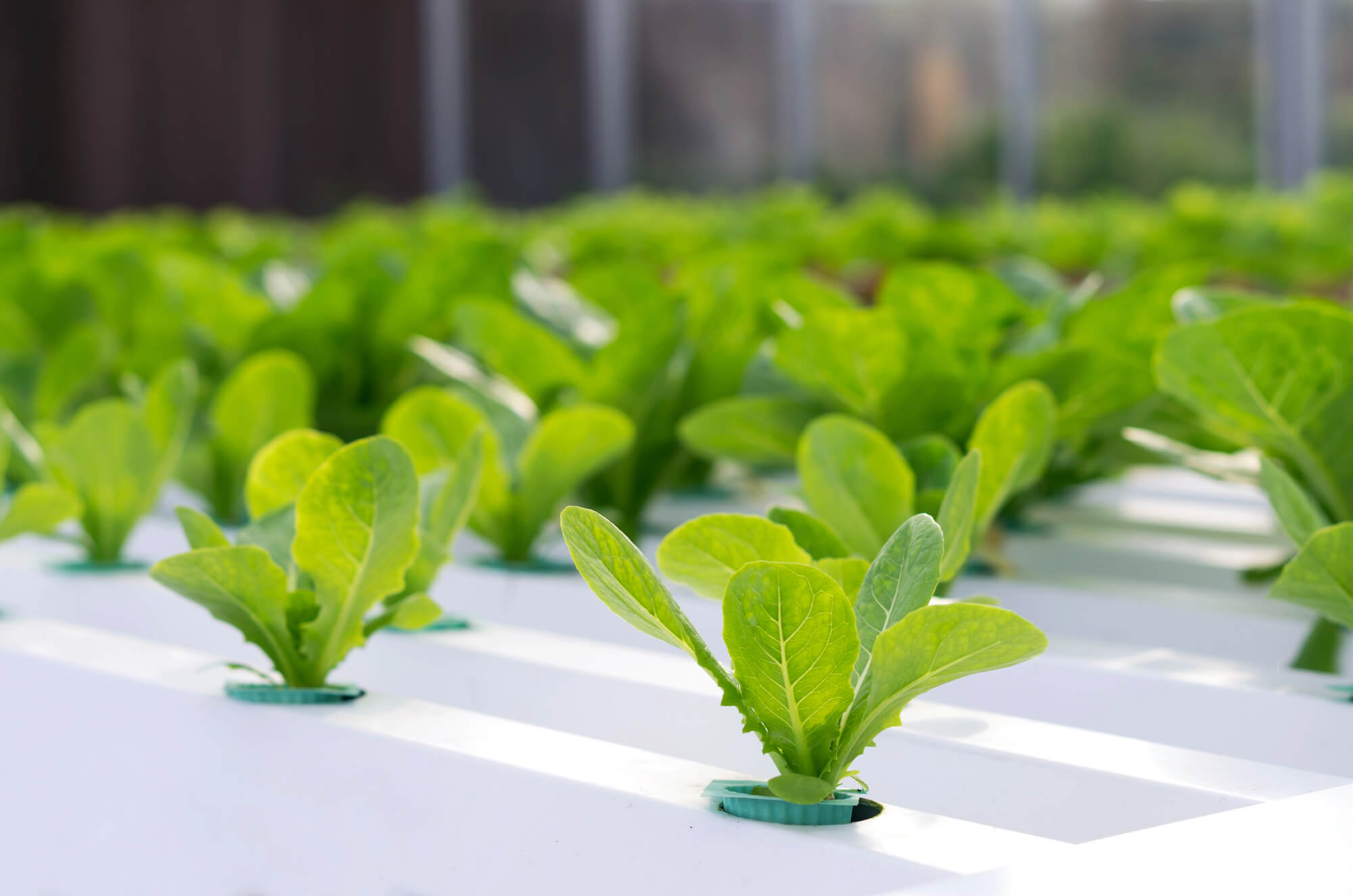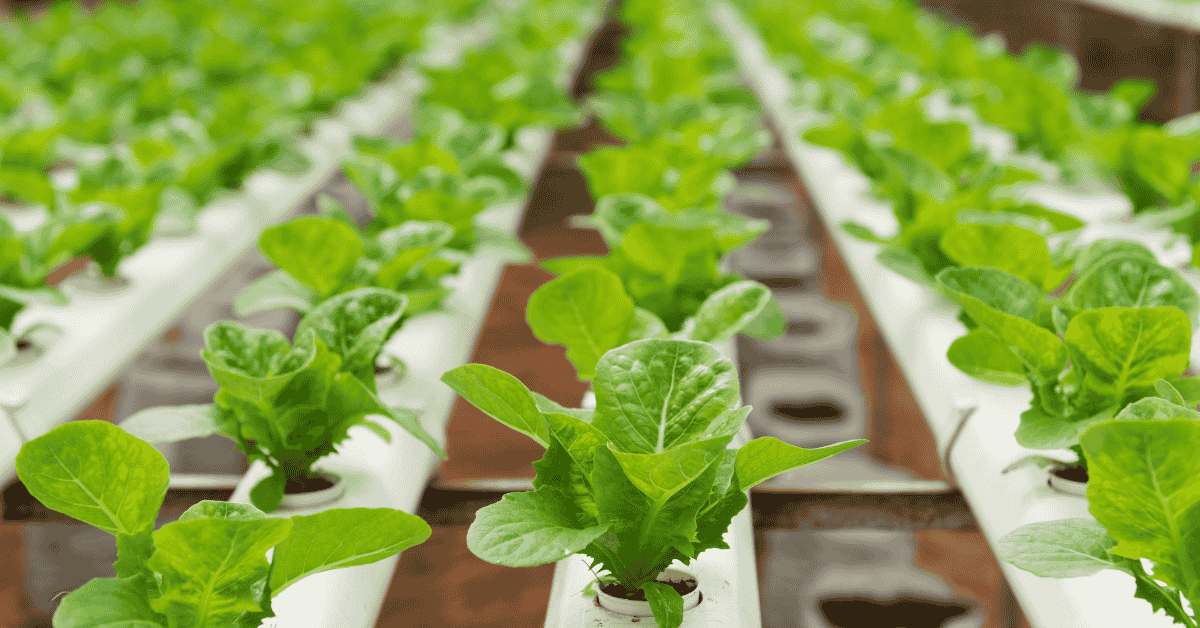Corn is a vital component of the global food industry and constitutes a major part of the diet for livestock and large human populations worldwide. Accordingly, tens of thousands of dunams of Israeli soil are dedicated to this crop.
Many factors can affect the quality of nutrient uptake from the soil into the plant, the most significant being:
- Soil structure: Medium and heavy soils are suitable for corn cultivation, provided they are well-drained and aerated.
- Soil salinity: Optimal soil salinity for corn is below EC = 1.7–2 dS/m.
- Soil acidity (pH): Nutrient availability is highest between pH 5.5–6.5. Israeli soils are usually above pH 7, under which the availability of some nutrients decreases.
- Corn’s high nutrient demand: Fertilizer rates and timing depend on soil composition and nutrient content, crop uptake, root absorption capacity at different developmental stages, and the mineralization capacity of soil microbes.
Main Nutrients in Corn Nutrition
For a yield of 2 tons of dry matter per dunam, the above-ground plant contains:
- 28–32 kg of total nitrogen (N)
- 4.5–5 kg of phosphorus (P)
- 35–37 kg of potassium (K)
(Berkovitz, 2000)
Phosphorus (P)
Phosphorus is essential for many plant processes and is important for root and cob development. Its availability decreases in soils with high pH, which reduces solubility. Because it strongly binds to soil minerals, phosphorus is almost immobile and can only be absorbed through direct root contact.
Root development strongly affects phosphorus uptake. When planting early under low soil temperatures, root development may be delayed, limiting soil contact. Low temperatures can also reduce microbial activity that converts organic phosphorus into inorganic, plant-available phosphorus. These effects reduce phosphorus uptake efficiency.
Relative uptake efficiency by soil temperature:
| Root-zone temperature (°C) | Uptake efficiency (%) |
|---|---|
| 21 | 13 |
| 29 | 15.5 |
| 50 | 18 |
| 68 | 21 |
Table 1: Phosphorus uptake efficiency as a function of soil temperature (Berkovitz, 2000)
Phosphorus deficiency may also impair nitrogen uptake during the early growth stages (3–4 leaves). Desired concentrations in the 0–20 cm soil layer are 20–25 ppm; when deficient, they should be corrected up to 20 ppm.
To compensate for low phosphorus uptake efficiency, fertilize mechanically in bands with up to 8–10 phosphorus units per kilometer of row, as more than this will not be absorbed by corn. Ammoniacal fertilization can increase rhizosphere acidity and improve phosphorus uptake, especially when supplied slowly and consistently via drip irrigation. Fertilizer rates depend on the application method.
Deficiency symptoms appear only under severe shortage and include thin stems, abnormal timing of female and male flowering, poor pollination, and malformed ears.
Figure 1: Symptoms of deficiencies in various nutrients.
Potassium (K)
Potassium regulates water balance and improves plant tolerance to drought and low temperatures.
Desired potassium concentrations (0–20 cm soil layer):
| CaCl₂ extract K (ppm) | Delta–F | Potassium fertilizer required (K₂O units) |
|---|---|---|
| >12 | 3000–2800 | 0 |
| 10–12 | 3400–3000 | 15 |
| <10 | <3400 | 30 |
Table 2: Potassium levels and required fertilization rates.
Phosphorus and potassium deficiencies are best corrected during field preparation, either by broad application or band fertilization. The more efficient the application, the smaller the required amount per ppm increase:
- Solid base fertilizer: 2 P units or 6 K units per 1 ppm increase in soil
- Band application (solid or liquid): 1.5 P units or 4–5 K units per 1 ppm
- Drip irrigation (fertigation): 1 P unit or 2 K units per 1 ppm
Fertilizer should be applied 15 cm deep, beneath or alongside planting rows, while avoiding salinization (not exceeding 30 kg KCl per kilometer of row). In drip-irrigated fields with small nutrient deficiencies, supplementation can be applied early in growth via the irrigation system (Shde & Zuckerman, 2013).
Potassium fertilization management should consider the soil’s CEC (cation exchange capacity): the higher the CEC, the stronger the soil’s potassium buffering capacity (Vitosh, 1995).
Figure 2: Expression of various stresses in corn leaves.
Potassium deficiency first appears in older leaves as yellowing, yellow streaks, dried edges, and scorch marks. Severe deficiency may cause lodging, increased disease susceptibility, poorly developed ears, and unfilled tips.
Nitrogen (N)
Nitrogen is the most limiting nutrient in corn nutrition. A corn crop requires 28–32 kg of total nitrogen per dunam, including nitrogen found in pre-plant soil and water tests. Assuming 75% uptake efficiency, a slightly higher amount must be applied.
It is recommended to apply 5–10 units as a base fertilizer before emergence and the remainder during the growing season until tasseling (male flowering). After tasseling, assimilates reach only fully developed leaves, so no increase in dry matter will occur. Avoid applying large nitrogen doses at germination to prevent excessive vegetative growth. Nitrogen application rates depend on irrigation amounts and crop uptake rates.
Nitrogen uptake is slow until the 5–6 leaf stage (about 4–6 weeks). Deficiency at this stage may cause irreversible yield loss. From stage V5, nitrogen uptake and growth increase sharply. Deficiency up to male flowering can still be corrected; afterward, corn no longer absorbs nutrients from the soil.
Yield increases with nitrogen availability, regardless of nitrogen source, so the most economical and practical form should be chosen (Hart, 2010).
Because nitrogen is mobile within the plant, deficiency symptoms appear first on older leaves, showing as yellowing in a V-shape at the leaf tip and gradual drying (Berkovitz, 2000).
To achieve high yields, monitor crop development carefully and meet nutritional demands throughout the growing season. These recommendations are generally applicable across different corn varieties.
Figure 3: Phenological development stages of corn.
References
- Berkovitz, S. 2000. Corn Cultivation.
- J.M. Hart, D.M. Sullivan, J.R. Myers, and R.E. Peachey. 2010. Nutrient Management Guide – Sweet Corn. Oregon State University.
- M.L. Vitosh (Michigan State University), J.W. Johnson (The Ohio State University), D.B. Mengel (Purdue University). 1995. Tri-state Fertilizer Recommendations for Corn, Soybeans, Wheat and Alfalfa.
- Shde, D., Zuckerman, A. 2013. Corn Growing Guidelines. Extension Service.
Hedva Peer
Agronomist
Sheffa, Deshen Hatzafon



